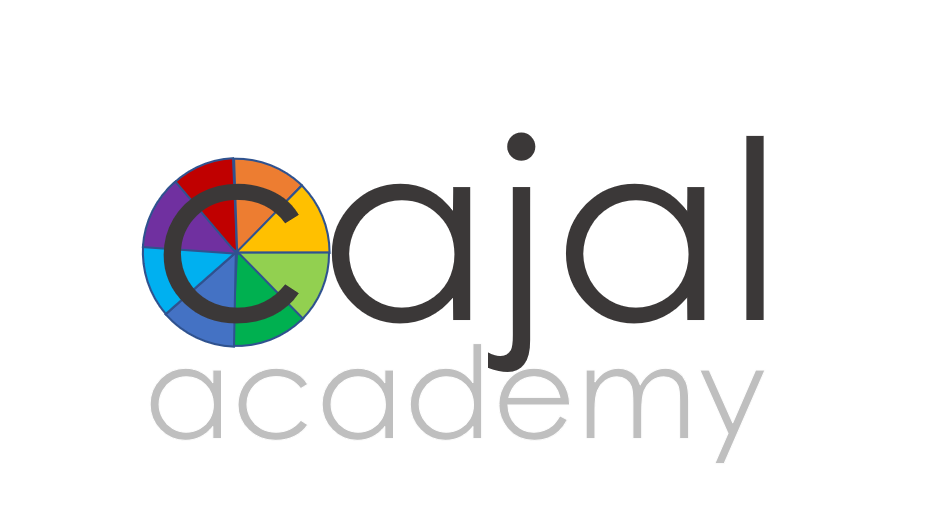We empower students to access their gifts through comprehensive, neuroscience-based programs that reduce the learning challenges holding them back
We are excited to announce that we will start making the protocols that have proven successful through our custom programs with kids having highly-complex learning profiles to students who share overlapping needs, but do not require the level of personalization and expertise of our custom programs.
Learning Intervention Programs will be offered in fall, 2022 for the following cohorts of students, demand permitting. Students whose needs are not represented below or for whom our team believes that additional programming support or customization will be required beyond that which is integrated into our Learning Interventions programs will be considered for our other programming levels.
Reading Interventions
This program is tailored to the needs of students who do not struggle with decoding words and/or have strong phonological processing skills, but who are easily frustrated or fatigued by reading nonetheless. This may include students whose reading challenges do not respond to Orton-Gillingham or Wilson reading programs. We start by breaking reading down into the several skills that must be employed simultaneously for fluid reading and then use the data in each child’s profile to identify which specific skills are holding back their reading fluency and enjoyment, and which step in the neurodevelopmental chain must be strengthened to reduce their reading difficulties.
ADHD/ADD
ADHD is a common diagnosis among the cohort of kids whom we serve, but it’s a diagnosis that can have many different neurogenic causes. Our Student Growth Catalysts for students with ADHD starts by identifying the cause driving the presentation that is described by the ADHD diagnosis, and then identifying the special neurocognitive skill deficiency that drove that challenge. At the same time, students having organizational difficulties benefit from the fact that movement and sensory supports are integrated into the classroom, helping students not only to better organize their thinking but to master strategies using these physio tools to improve their ability to organize themselves, translating into agency and independence.
Dyspraxia, Dysgraphia & other Motor Planning & Coordination Disorders
Motor Coordination difficulties including gross and/or fine motor planning and coordination tend to be underdiagnosed, but can display as a student who “hates” to write, fails to write out the steps in math, avoids athletics or struggles with basic life skills required to get out the door in the morning. Students having motor coordination challenges may have a difficulty accessing their high cognitive abilities during tasks that include a motor component. This often leads to social-emotional challenges, including task avoidance, school refusal and anxiety. We approach these challenges through a comprehensive, data-driven neurodevelopmental approach that reduces the extent of their motor disabilities while also addressing the academic and psycho-social impacts of the disorder.
Sensory Processing Disorder & Associated Executive Function Challenges
Our Sensory Processing Learning Interventions Program is intended for students who struggle with organization and sensory regulation but who are on or close to grade level academically and do not have other learning or social-emotional differences.
Sensory integration therapy will be embedded into classroom instruction through Body-Informed Learning techniques and classes co-taught by our licensed occupational and physical therapists. Students will receive coaching in how to self-manage their sensory and organizational needs and will learn the science behind them, fostering an authentic growth mindset and independence across settings.
College prep for teens with complex learning profiles
Our Vision to Voice Curriculum and high school program prepare teens to thrive independently in college and beyond by giving them the understandings and strategies they need to optimize their own learning, social and emotional experiences. This accelerates in students’ senior year with the Senior Capstone Project, giving students the opportunity to take full ownership of their own learning experiences, while enjoying the support of the full team to identify and pursue the post-graduate path that’s right for them.
Gifted learners
The needs of intellectually-gifted learners are at the center of our program. Our Vision to Voice Curriculum develops the executive function, peer collaboration and communication skills that are essential for gifted thinkers to realize their unique ways of seeing the world, while our Student Growth Catalysts offer a neuroscience-based approach that is proving successful at reducing or even removing the challenges that interfere with accessing their gifts.
Attend an Information Session to learn more about our program
Apply Today
Immediate, Summer and Fall Placements; Rolling Admissions













